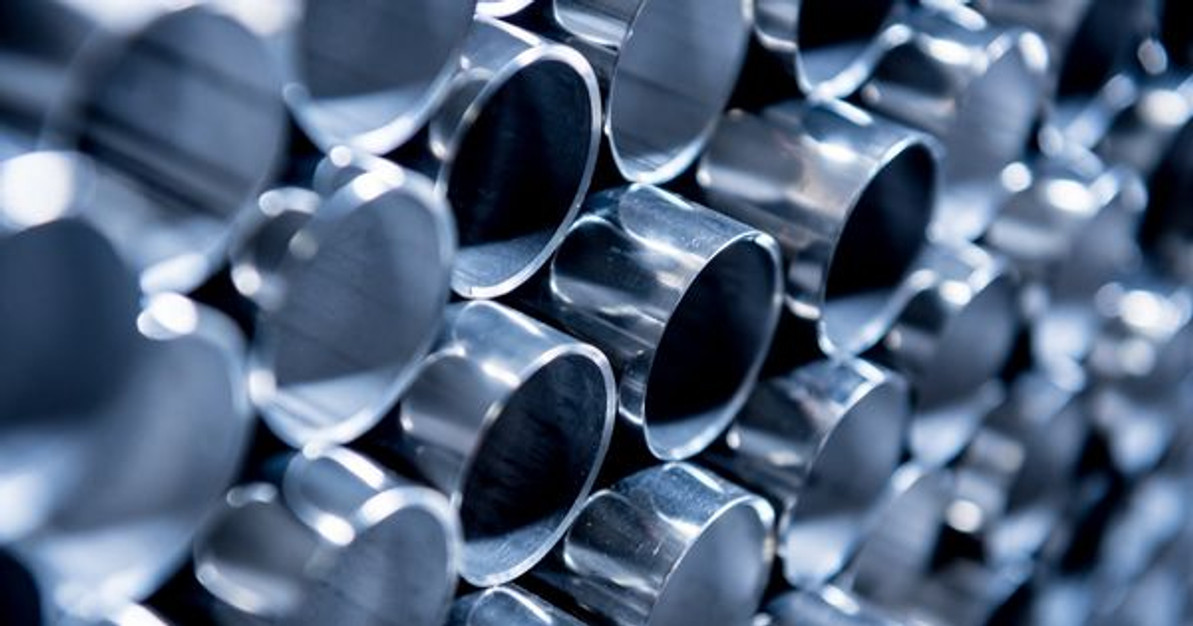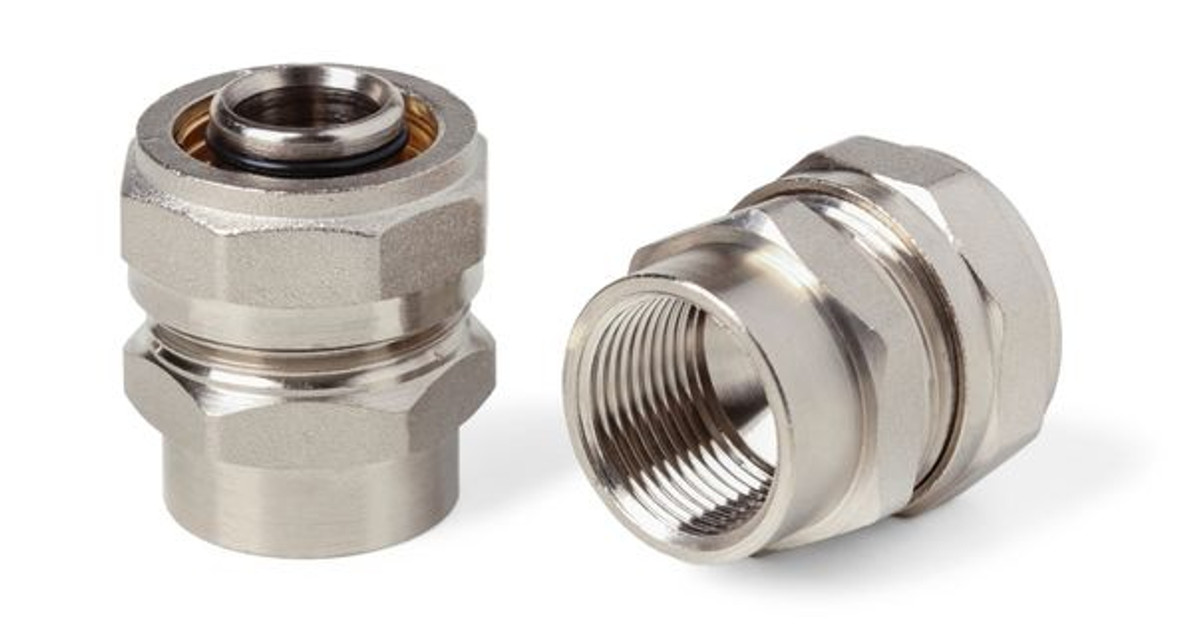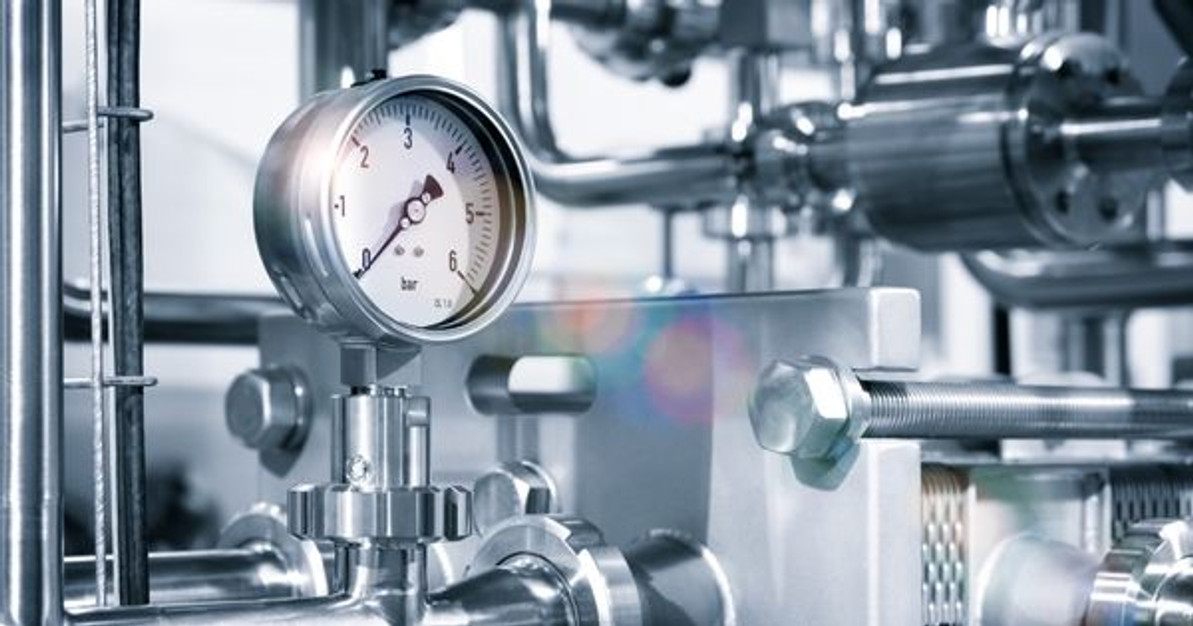 Apr 15th 2022
Apr 15th 2022How Stainless Steel Prevents Corrosion From Occurring
No metal can ever claim to be completely resistant against corrosion such as rust, but stainless steel is one of the best materials available for preventing corrosion. This makes it the most sanitary material for industries such as food production and pharmaceuticals to use in order to keep their products safe from contamination. But what makes stainless steel so resistant? Here’s how stainless steel prevents corrosion from occurring.
Alloy Properties
The key component that makes stainless steel so corrosion resistant is that every grade of stainless steel alloy contains at least 10.5 percent chromium. Corrosion such as rust occurs when the metal is exposed to oxygen and undergoes a process called oxidization, but the chromium quickly reacts by surrounding oxygen to form an oxide layer on the surface of the steel. The chromium oxide then clings to the steel and acts as a protective barrier, also known as a passive film. The passive film practically seals the steel against oxygen, water, and other environmental elements that may affect its integrity.
Steps To Improve Resistance
The passive film is effective, but manufacturers also observe some best practices to further strengthen the steel’s resistance to corrosion. This primarily includes being proactive in the design and fabrication of stainless steel. During the fabrication of components such as sanitary tube fittings and clamps, it’s important that stainless steel never makes contact with iron or normal steel, as dissimilar materials can compromise the surface of the stainless steel.
A more common issue during fabrication, however, is that when other materials are being cut and molded, dust particles can contaminate the surface of any nearby stainless steel. Therefore, protecting stainless steel is all about minimizing exposure risks. You must pay attention to the design of your facilities to further decrease the possibility of corrosion. For example, you may need to install proper drainage to reduce the exposure to water, if necessary.
Maintenance
You may now know how stainless steel prevents corrosion from occurring, but you should remain proactive in the maintenance and care of the metal. Luckily, stainless steel components are very easy to clean because the surface is uniquely nonporous. This prevents grime and dirt from getting stuck in the stainless steel so that you can easily wipe them away. Regular cleaning and upkeep will remove potential contaminants before they can penetrate the passive film.
 Apr 15th 2022
Apr 15th 2022Recent Posts
-
Nov 7th 2022
What Is Food-Grade Stainless Steel Tubing?
Businesses that produce food and beverage products must operate hygienically. Sterile environments a …Nov 7th 2022
-
Oct 11th 2022
Why Sanitary Fittings Are Important for the Medical Industry
Sanitary fittings are useful for many industries. Food and beverage manufacturers have used these to …Oct 11th 2022
-
Sep 23rd 2022
What Is the Max Operating Temperature for Stainless Steel?
Stainless steel is valued in many industrial applications because it’s capable of withstanding high …Sep 23rd 2022




